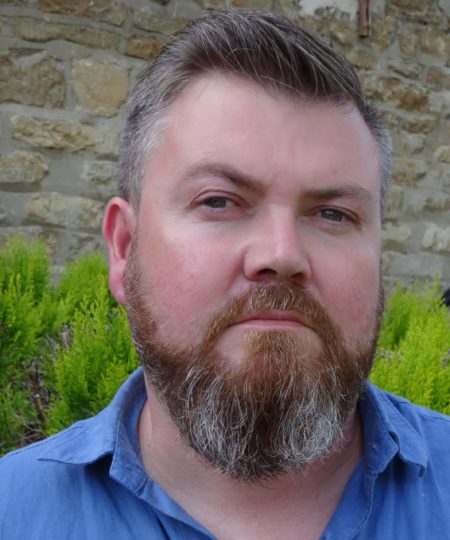#KilltheBill: A dialogue of disorder to preserve the right to protest
Date 22.03.2021
22.03.2021
Dr Nick Cartwright, Senior Lecturer in Law at the University of Northampton, specialises in the law relating to National Security, Terrorism and the Rule of Law, as well as the relationship between equality and learning and teaching.
In this blog, Nick shares his perspective on the #KilltheBill movement, a response to the Police, Crime, Sentencing and Courts Bill, which is moving through Parliament, and includes major government proposals on crime and justice in England and Wales. Crucially, this Bill covers changes to the important right to protest.
“There seems to be a current obsession in the media, both social and mainstream, with working out who started what and where fault lies in last night’s violence between #KilltheBIll protestors and the police. Whilst for some this is important, for me it misses the crucial perspective that this is a response, an effect in a complex mesh of cause and effect that needs to be taken in context to be understood. For me, history and context are an essential part of the narrative when you look at the right to protest. It is this context that explains why a peaceful vigil and protests against a Bill attacking the democratic right to protest are met with a very different response from police than a march against public health requirements to wear a mask. The latter is tolerated, the former, intolerable.
Unprovoked violence is qualitatively different from a response to violence, even if that response is itself violent. The civil rights movement in the USA, the protests led by Nelson Mandela, or the recent #BlackLivesMatter demonstrations, cannot be fully understood separately from their respective contexts of state sanctioned lynching, apartheid, or the murder by police of George Floyd.
For me, the protests of 21 March in Bristol, where a crowd gathered outside Bridewell Police Station as a continuation of an initially peaceful protest, is a predictable and understandable response to a Bill that is an act of aggression against all marginalised groups, be they oppressed because of their gender, race, religion, political beliefs, or sexuality. Protestors were faced with those who have come to represent misogynistic and racial violence, who can be fairly described as institutionally racist, and who count amongst their number a misogynistic predator who has been charged with murder.
Predictable does not however mean inevitable. Had Cressida Dick not doubled down on the police violence against a peaceful vigil, had Priti Patel not continued to peddle racist hate speech, had our government put as much effort into policing the most vulnerable as they did into policing a statue of Winston Churchill perhaps things would have turned out differently.
In a democracy there will always be those who seek to speak truth to power, we may not agree with them, but history tells us we should not silence them. They will speak and they will speak in whatever language those in power choose to have the conversation in. In this instance the State, has chosen to close all avenues of communication, and the Bill will close them even further and speak only in violence. Without proper dialogue, the language of violence is inevitable.
We have to ask then is this result of a ‘broken’ system? But to describe it as broken is to again fail to recognise both history and context. The criminal justice system is working exactly as it should, it is just that it is again exposed for what it is. It is a system that was designed and built to protect the property and interests of materially wealthy, white, male powerholders. Capitalism, patriarchy, and racism are not then aberrations within an otherwise functioning system, they are the ideology the system is both based in and working to protect – for the police to challenge these ideologies would be to challenge their very purpose.”